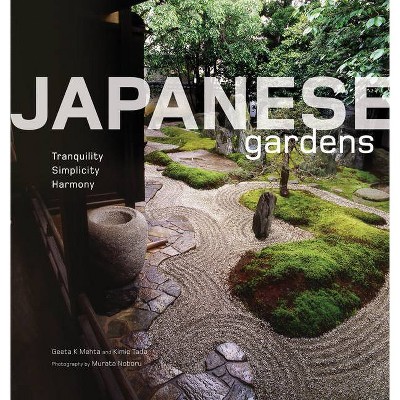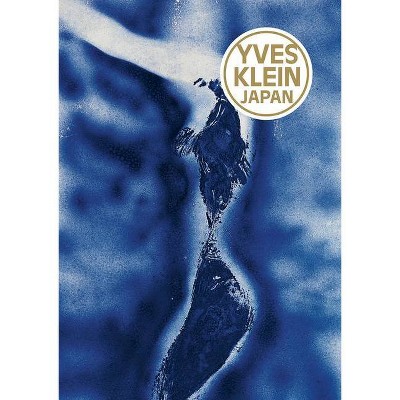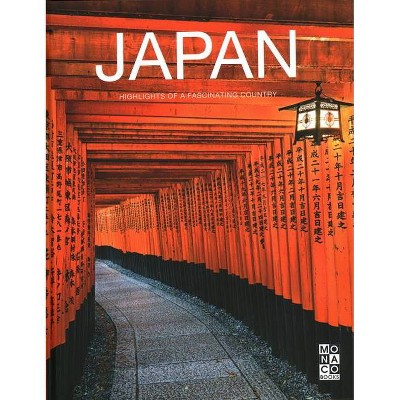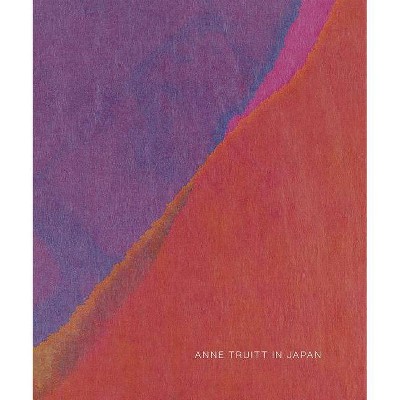Japan Style - by Geeta Mehta & Kimie Tada (Hardcover)
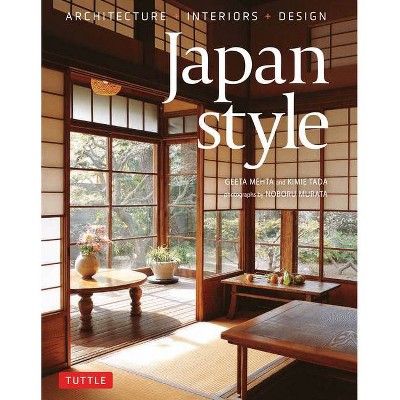
Similar Products
Products of same category from the store
AllProduct info
<p/><br></br><p><b> About the Book </b></p></br></br>Offering rare glimpses into 20 exquisite traditional homes in Japan, the lavish photographs in this volume demonstrate how Japanese design achieves a timeless tranquility using a few very simple, natural elements.<p/><br></br><p><b> Book Synopsis </b></p></br></br><b>Japanese homes speak to the soul and provide a contemplative environment from which to experience the world.</b> <p/><i>Japan Style</i> offers rare glimpses into twenty exquisite traditional homes in Japan. The lavish photographs in this volume demonstrate how Japanese design achieves a timeless tranquility using a few very simple, natural elements. <p/>Wood is the preferred building material since it is considered a living material; the country's Shinto and Zen Buddhist roots have inculcated a deep respect for nature. The houses in this book are a wonderful reminder that there are alternatives to big is beautiful--and that neither timelessness nor modernity has to be about using cold steel, glass and concrete. <p/>The wabi-sabi ideal, translated loosely by Frank Lloyd Wright as a rusticity and simplicity that borders on loneliness, is considered the epitome of sophistication in Japanese interior design. The houses in this book invite us to rethink the wisdom of our hurried modern lifestyle and return to a simpler, slower life. <p/>The quintessential Japanese aesthetic can be seen in a 100-year-old minka farmhouse, an old merchant's machiya townhouse in Kyoto, a sprawling country Samurai villa, and in a modern seaside cottage. This book offers insights for architects and homeowners alike by providing inspiring and surprising alternatives, relevant to the design of homes anywhere in the world today.<p/><br></br><p><b> About the Author </b></p></br></br><b>Kimie Tada</b> graduated from Rikkyo University (Tokyo) with a degree in English literature, after which she worked as the editor-in-chief of </i>Confort</i> a Japanese magazine that features traditional Japanese houses and interiors. She now runs I See All Inc., an editorial company which she founded in 2000. <p/><b>Geeta Mehta</b> teaches architecture and urban design at Columbia University in New York. A resident of Japan for 23 years, she is a partner in the firm of Braden and Mehta, and has designed projects in the USA, Japan, India, Vietnam and Indonesia. Educated at the University of Tokyo, Columbia University, and SPA in Delhi, she is the co-author of several books, including <i>Japan Houses, Japan Living, Japanese Gardens</i> and <i>New Japan Architecture</i>, all published by Tuttle Publishing. <p/><b>Noboru Murata</b> has had a career of more than thirty years as an advertising photographer. With Tokyo as his base, he has photographed for clients in a wide range of genres, including interiors, cuisines, automobiles and jewelry. His recent publications include <i>The Japanese House, Japanese Gardens, The Sushi Lover's Cookbook</i> and <i>Japanese Ikebana for Every Season</i>.
Price History
Cheapest price in the interval: 19.49 on October 22, 2021
Most expensive price in the interval: 19.49 on November 8, 2021
Price Archive shows prices from various stores, lets you see history and find the cheapest. There is no actual sale on the website. For all support, inquiry and suggestion messagescommunication@pricearchive.us
